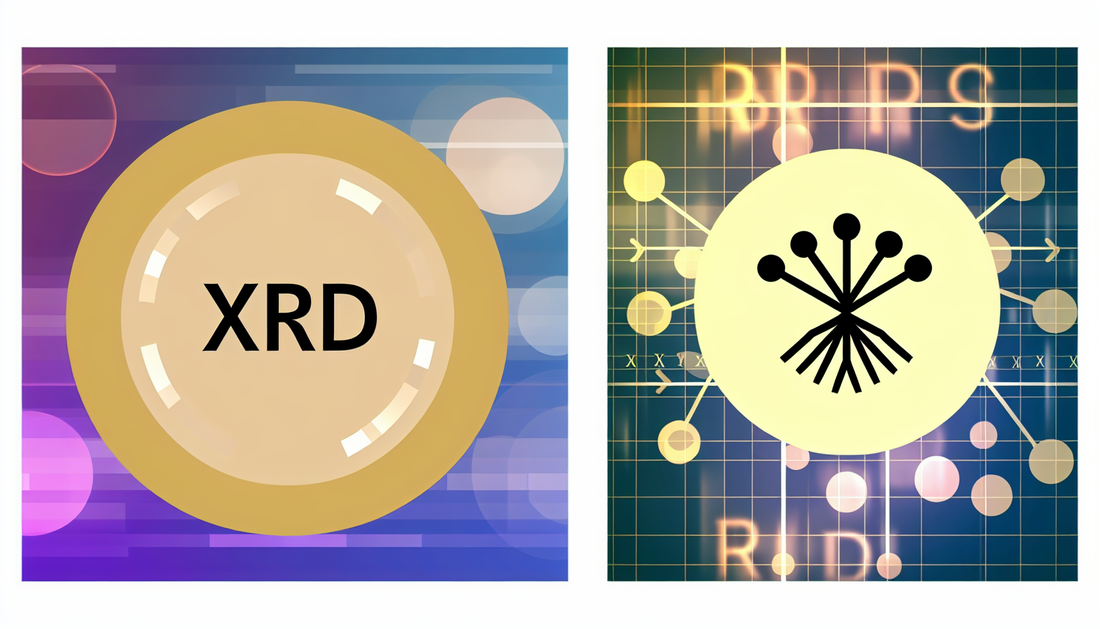
Unlocking Radix (XRD): The Future of DeFi Tokenomics
Share
Exploring the Tokenomics of Radix (XRD)
As the decentralized finance space continues to evolve, understanding the tokenomics of various crypto projects becomes imperative for both investors and enthusiasts. This article delves into the tokenomics of Radix (XRD), a unique crypto asset designed to tackle scalability and development challenges in the DeFi ecosystem.
The Foundation of Radix Tokenomics
Radix aims to be the go-to platform for DeFi applications, with its architecture focusing on scaling dynamically without sacrificing security. The native token XRD plays a crucial role within this ecosystem. It serves multiple functions, from securing the network through staking to enabling transactions and rewarding validators.
The supply of XRD tokens is designed to ensure both the smooth operation of the Radix protocol and provide incentives for network participants. This native token follows a deflationary model to gradually limit the net supply over time, which is a strategic approach to encourage long-term holding among users and stakeholders.
Utility and Governance
XRD is not merely a digital currency within the Radix network; it partakes in maintaining the platform's governance mechanisms. Token holders have the ability to influence key protocol decisions, thus ensuring that the community's voice is a pivotal part of the platform's evolution. This type of decentralized governance model can also be observed in various other projects, such as those discussed in The Overlooked Dynamics of Governance Tokens.
Incentive Structures and Staking
Incentives form a significant aspect of XRD's tokenomics. Radix uses a proof-of-stake mechanism where validators are rewarded in XRD tokens. This system not only ensures network security but also reduces environmental impact compared to traditional proof-of-work systems. Stakeholders obtain rewards proportionate to their contribution, further motivating user engagement across the platform.
Radix's approach to staking is comparable to what has been demonstrated by other innovative crypto projects, illustrating its commitment to secure and scalable growth.
Conclusion
The unique tokenomics designed by Radix for XRD set a foundation that aims to align network incentives, support security, and enable governance participation. While the utility and design choices behind XRD may not be without challenges, the project's innovative approach contributes to its ongoing development in the ever-changing landscape of decentralized finance.
For those interested in exploring similar tokenomic structures within different DeFi projects, platforms like Radix and their contemporaries can provide valuable insights. Participation in networks with thoughtful incentive models often necessitates using reputable exchanges, which can be accessed through services like Binance.
